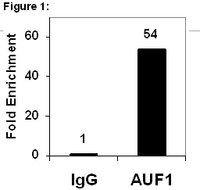Independent exponential feeding of glycerol and methanol for fed-batch culture of recombinant Hansenula polymorpha DL-1.
H Moon,S W Kim,J Lee,S K Rhee,E S Choi,H A Kang,I H Kim,S I Hong
Applied biochemistry and biotechnology
111
2003
Show Abstract
As a novel feeding strategy for optimizing human epidermal growth factor (hEGF) production with a recombinant Hansenula polymorpha DL-1 using the methanol oxidase (MOX) promoter in H. polymorpha DL-1, independent exponential feeding of two substrates was used. A simple kinetic model considering the cell growth on two substrates was established and used to calculate the respective feeding rates of glycerol and methanol. In the fedbatch culture with methanol-only feeding, the optimal set point of specific growth rate on methanol was found to be 0.10 h-1. When the fed-batch cultures were conducted by the independent feeding of glycerol and methanol, the actual specific growth rate on glycerol and methanol was slightly lower than the set point of specific growth rate. By the uncoupled feeding of glycerol and methanol the volumetric productivity of hEGF increased from 6.4 to 8.0 mg/(L.h), compared with methanol-only feeding. | 14645999
 |









